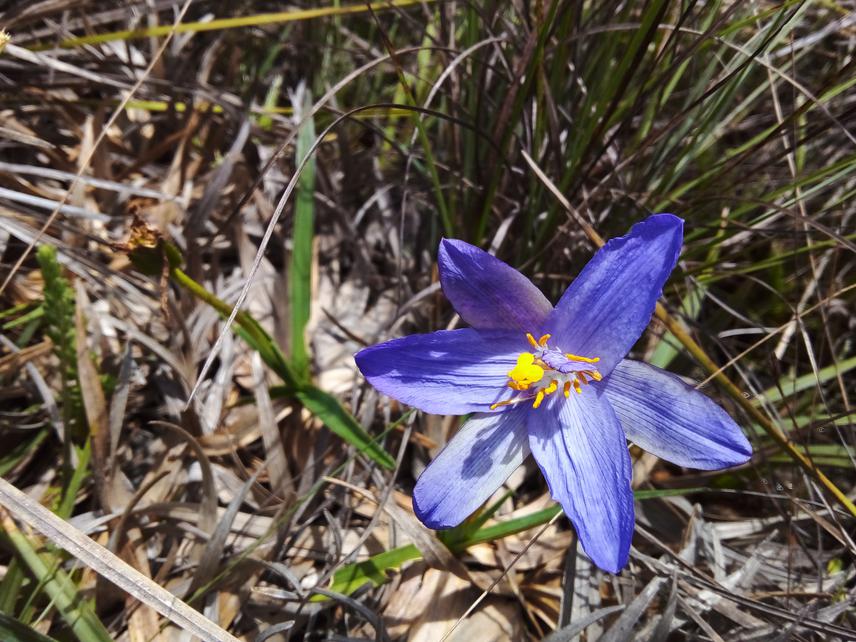Diversidade de visitantes florais encontrados nos Campos Rupestre - Diamantina/MG
Marsal Danrlei de Amorim
It is estimated that over 75% of Angiosperms are pollinated by animals, with about 50% of them showing high dependence to set seed. Therefore, the ongoing pollinator decline also put at risk the diversity of plants. In ecosystems with high levels of endemism and threatened species, such as the Brazilian Campos Rupestres, the effect of pollinator decline can be more severe. In these conditions, in order to successfully create conservation strategies, we need to consider interactions at the community scale, including indirect interactions between plants sharing pollinators. In this context, the extirpation of even one plant species may cause negative cascading effects to many other plants in the community.

Vellozia cryptantha.
Therefore, our objective here is to identify how the reproductive success of endemic and threatened plants are related to the diversity of pollinators and other plants sharing mutualists in the megadiverse and threatened environment of Campos Rupestres. This ecosystem covers less than 1% of the Brazilian territory, but it harbors more than 10% of the plant diversity found in the country, many of which are only found there. There are records of ~5000 native plant species in this ecosystem, however, this diversity has been negatively affected by human actions, such as opencast mining, frequent burnings and invasive species, causing many plant species to be classified as threatened with extinction. Also, many of the species found in the Campos Rupestres still do not have precise area of occurrence and conservation status defined, increasing the danger of losing biological information that has never been studied. Considering the importance of plant-pollinator interactions for the maintenance of functioning ecosystems, we intend to contribute to more efficient conservation strategies for the Campos Rupestres with our study. We hope to identify keystone plant and pollinator species for the maintenance of biodiversity and survival of rare, endemic and/or threatened plants of Campos Rupestres.
Header: Fly visiting Piptolepsis sp.